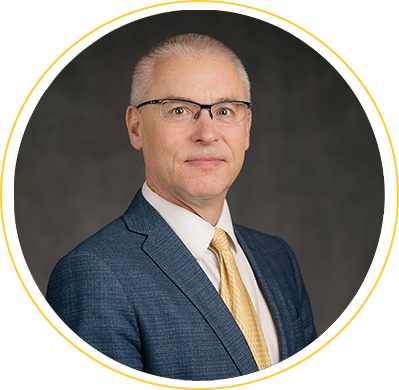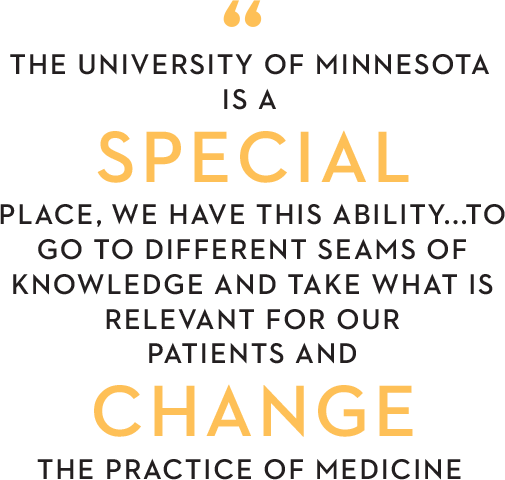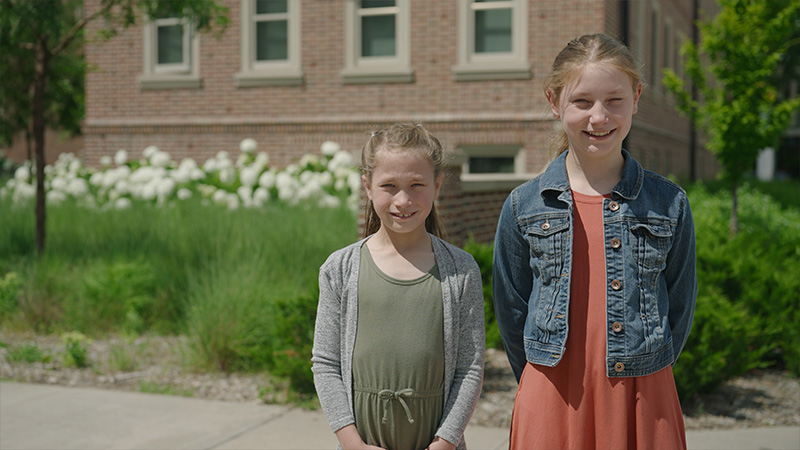
Caring for Bryn and Vivian: Living large with cystic fibrosis
New medicine – and a skilled team – breathe life into a once deadly diagnosis
At first, Travis and Nicole Fuechtmann wanted to bubble wrap their young family.
Two of their three kids – Bryn, now 12, and Vivian, 9 – were diagnosed with cystic fibrosis, a genetic disease that causes serious breathing and sometimes digestive issues.
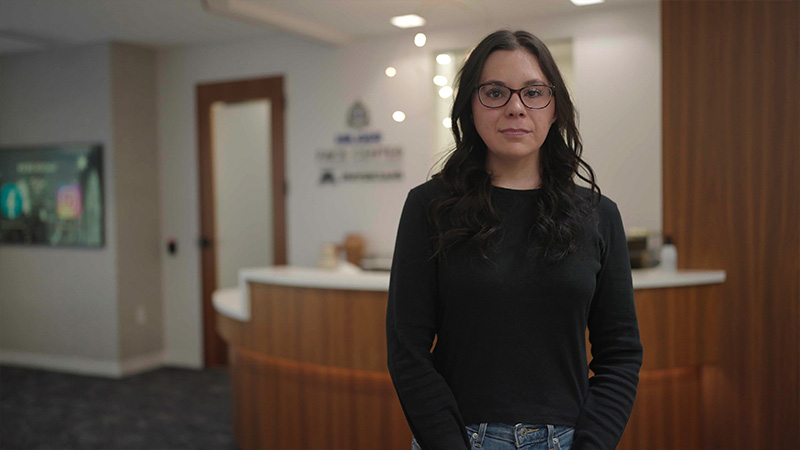
Caring for Brianna: Helping patients smile after paralysis
Oh, I can’t look at that,” 26-year-old Brianna Eli winces when she sees a photo taken of her just before surgery.
Much of the left side of her face was paralyzed, making it difficult to eat, drink, blink, talk and even smile.
Now, two years into recovery from a nerve transfer, Brianna boldly shares her story in front of a camera.
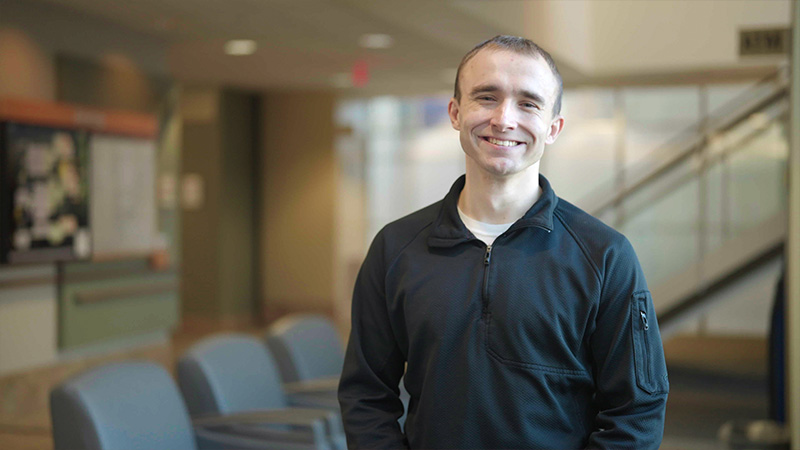
Caring for Chance: Stability after a lifetime of knee pain
One set of knee surgeries is daunting enough.
Chance Murphy, 28, faced a second just 10 years after the first. This time, the procedures offered the possibility of correcting the birth defect causing pain and loss of mobility.
Even better, Dr. Kyle Martin would employ a novel, less invasive technique to lessen recovery time.
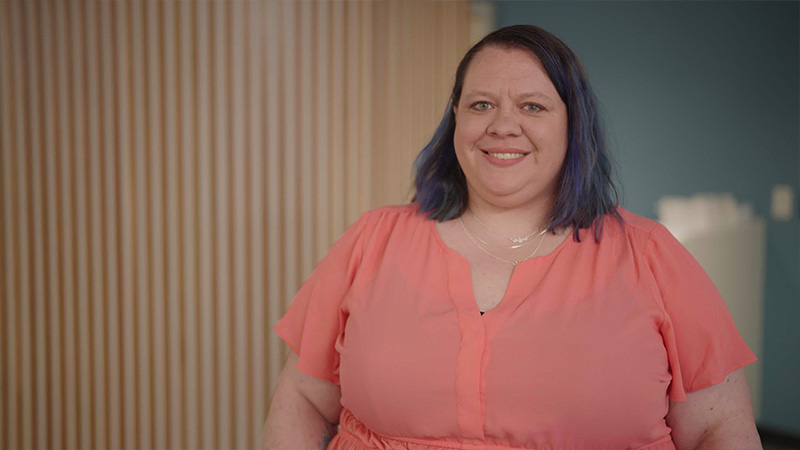
Caring for Becky: Fighting back and finding hope
Once, Becky Steffens felt so ashamed of her depression that she didn’t tell anybody. Not even her parents.
Now, the special education teacher took time off from that beloved job to share her painful journey. Maybe it’ll help somebody else.
Becky, after more than 25 years of searching in vain for help, found it in cutting edge medicine from Dr. Cristina Sophia Albott, an M Health Fairview and University of Minnesota Medical School faculty psychiatrist.
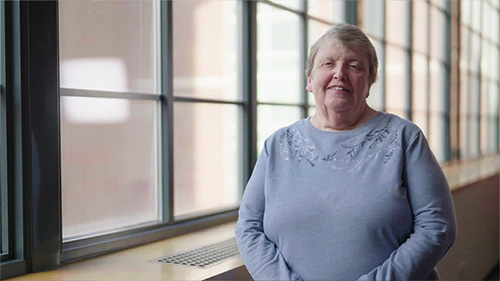
Caring for Mary Lou: Treatment for facial pain
The sudden stabbing sensation left Mary Lou Peterson screaming in sheer agony.
It was the first of many of what became unpredictable episodes of searing facial pain triggered by the littlest thing, like brushing her hair.
The Minneapolis woman, then 57, would learn she had trigeminal neuralgia (TGN), a rare nerve disorder that disrupts every aspect of your life.
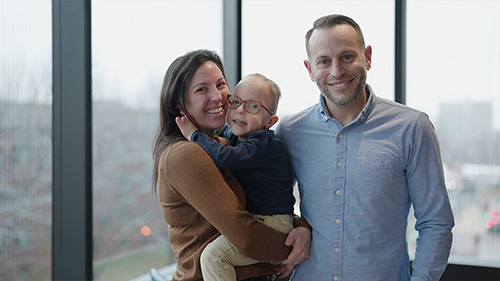
Caring for Norman: Treating hands with heart
Nothing stops 3-year-old Norman Sernick Kennedy. Not coming into this world with physical differences. Not a pandemic shutdown that made getting help seem like mission impossible.
Not several major surgeries in the first months of life. And certainly not bulky, rigid casts on both arms and hands.
In fact, Norman had no problem learning to crawl with a first set of them. And then, at nine months, when he found himself in a second, he walked.
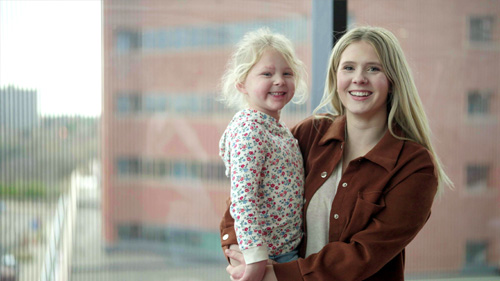
Caring for Piper: More than just a birthmark
You’d never know Piper Cramer was born with a birthmark that covered more than half of her face.
Never know how scared her mother Hailey was when, overnight, it erupted into painful sores that spread to her lips and mouth.
Never know the countless trips the Brookings, SD family made to M Health Fairview Pediatric Specialty Clinic–Discovery in Minneapolis.
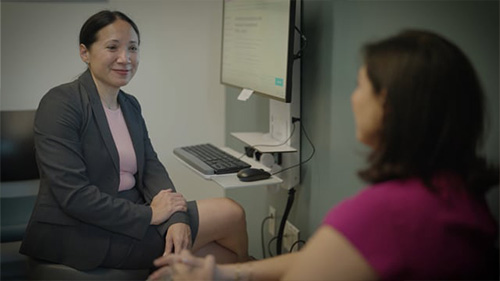
Caring for Rhona: Surgery offers freedom from ulcerative colitis
Imagine never being able to stray far from the nearest bathroom. A Sunday stroll around one of Minneapolis’ lakes is simply out of the question.
Imagine, too, there comes a day when even a few steps from a bathroom is too far. A diaper is the only thing keeping you from retreating even further into your home.
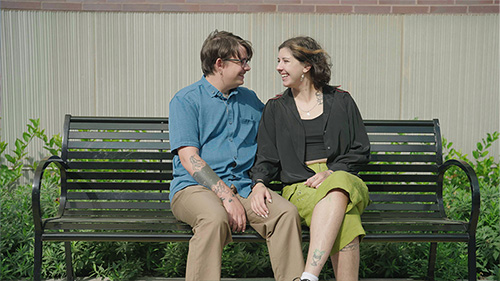
Caring for Ben: How brain research informs psychosis treatment
Ben Taman describes his episodes of psychosis as "a volcano of weirdness."
He has heard things that aren’t there – like somebody banging furiously on his door. He has seen things
that aren’t there – like a famous pop star showing up in his apartment.
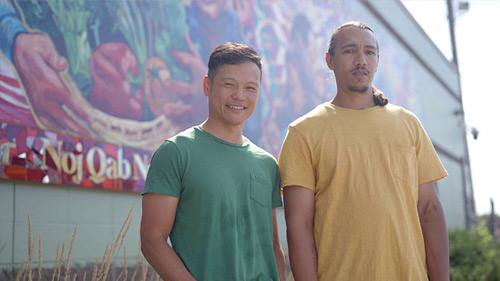
Caring for Yarrow: A clinic where everyone is seen and heard
It was a friend who referred Yarrow Song-Brave to “Kook.”
It’s a place, he said, where you can get
help kicking heroin. A place that cares for you whether you’re insured or not. And, above all, it’s
a place where you’ll find a doctor who truly “gets” substance use disorder.
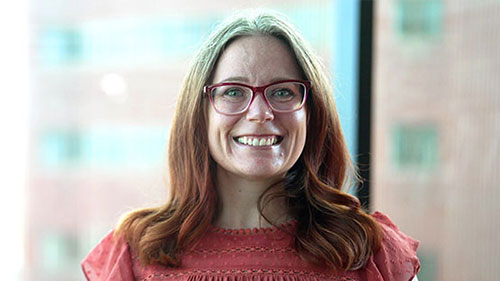
Caring for Kelly: A team approach to migraine care
Kelly Aanestad’s first migraine attack came out of nowhere in her early 30s.
Others followed—sometimes one bout right on top of another. The Rockford woman experiences piercing
eye pain, vertigo, nausea and a head that feels like it’s going to explode.
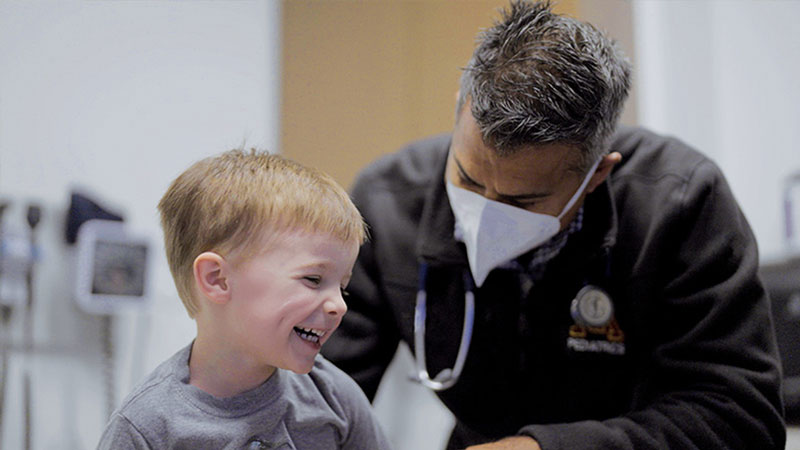
Meet the doctors of academic medicine
At the University of Minnesota, doctors who see patients are the same ones developing better ways to
treat them. And they’re the same ones training a new generation of doctors who will find the next
breakthroughs in healthcare.
Most of us think of these as discrete practices. Someone does the research in a lab, and someone
else applies it in a clinic. In many cases that’s how it works.
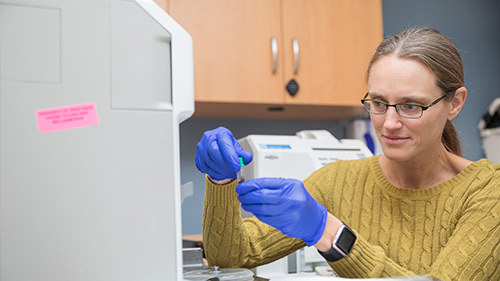
Dr. Bellin's Story: Practicing academic medicine
In simplest terms, medicine is applying the knowledge derived from science to a patient. It is the
act of taking the work done in a laboratory and using it to improve lives.
That kind of interdisciplinary work is the cornerstone of academic medicine, and it’s leading to
better patient outcomes every day.
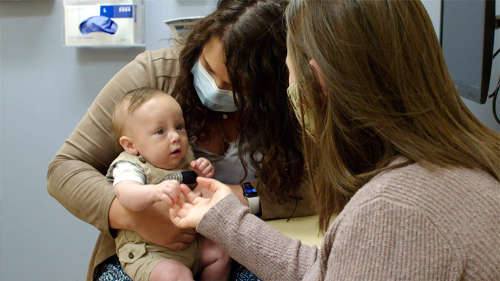
Cassidy's Story: Finding her calling as a doctor in Greater Minnesota
Cassidy Peterson just raised the bar when it comes to hands-on learning experiences.
The University of Minnesota medical student, who spent her first two years at the Medical School’s
Duluth Campus, was in on the delivery of 77, count ‘em, 77 babies.
And the Velva, ND, native did it in just nine months shadowing two family medicine physicians at
Lakewood Health System in the small town of Staples.
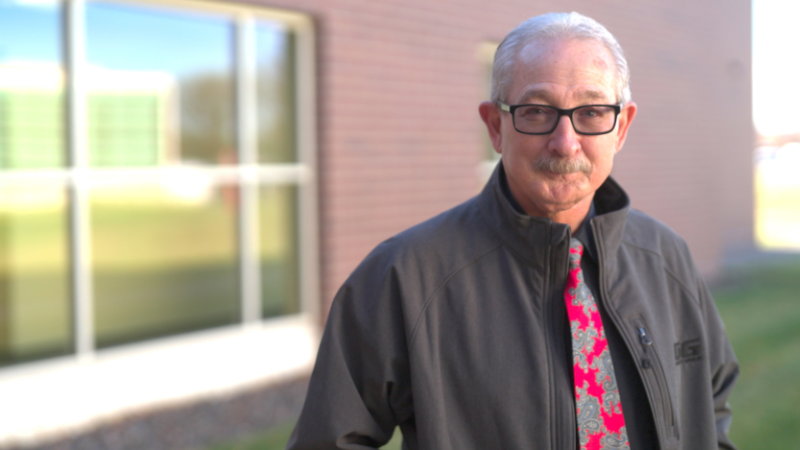
Caring for Tim: Treating a rare cancer with compassionate radiation therapy
It was just a dental check-up.
But, when Tim McDonald’s dentist took one look at his X-rays, routine turned rare.
Tim, 64, had a golf ball-sized hole in his lower jaw, just above the bottom of his chin. Further
examination revealed the unfathomable to a guy with really no symptoms to speak of: a very unusual
cancer.
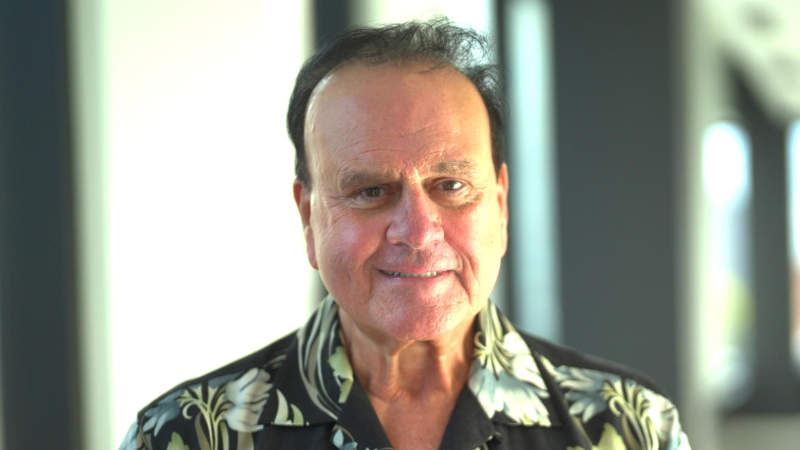
Caring for Brad: Choosing the right surgeon for complex heart disease
Heart disease? No way, thought 74-year-old Brad Peterson.
The Eden Prairie man not only ate a healthy diet, he wrote an award-winning book about it.
He exercised regularly, too, an active member of a club where he loved playing pickleball.
To top it off, he felt perfectly fine, but then, thinking of his family history, he wonders: “Was I
in denial?”
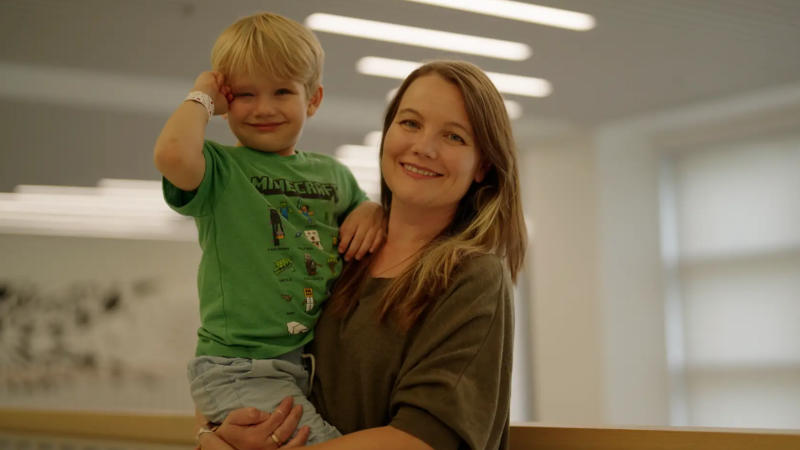
Caring for Elias: Helping families get an autism diagnosis faster
Jessica and her husband Andrew wondered if their son Elias might be autistic.
They also knew that early intervention, while his brain was still developing, was critical to
providing him with the support he needed.
Trouble is, the wait list to see a specialist for the neurological disorder can be months and even a
year or more long.
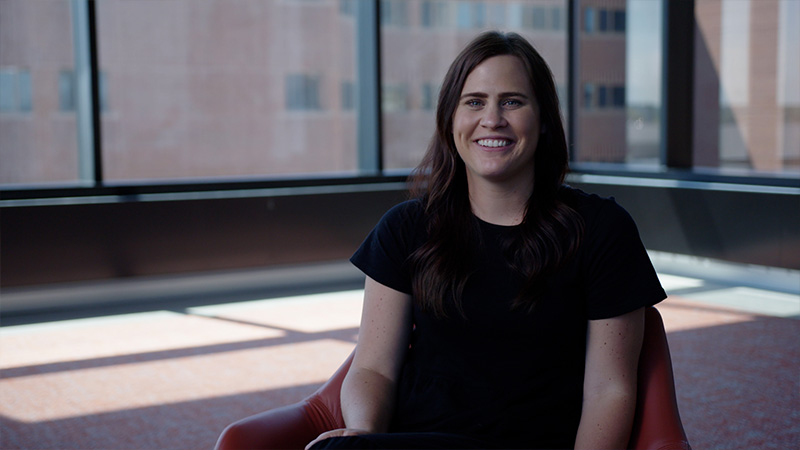
Caring for Sarah: Finding new ways to treat solid tumor cancers
“Brave” is what Dr. Brenda Weigel calls patients who participate in clinical trials. Possible side
effects, alone, can be daunting.
Sarah Ewald, diagnosed with cancer at just 18, is flattered, but says the decision was easy.
Even if the trial medicine didn’t help her, maybe, she hoped, it could lead to something for them.
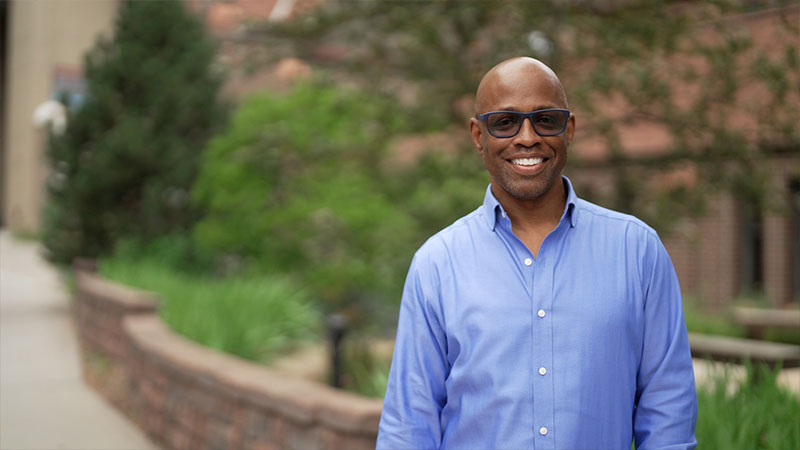
Caring for George: Giving second chances with organ transplants
George Surratt felt like the luckiest man in the world when he got a liver transplant.
The wait list for an organ is so long that some patients run out of time.
And, so, nine years later, when the Maplewood engineer turned again to University of Minnesota
doctors, this time for a kidney transplant, he was worried.
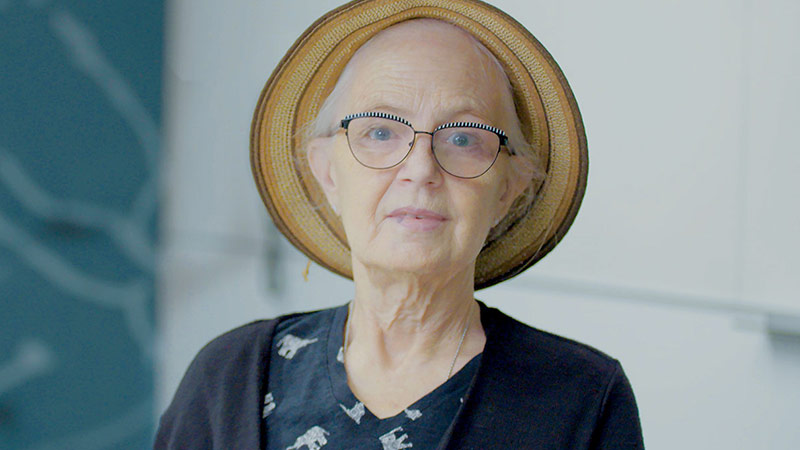
Caring for Wanda: Training natural killer cells to attack lymphomas
The University of Minnesota Medical School was Wanda Mau’s last hope.
She needed a clinical trial that could do what every available round of chemotherapy couldn’t:
Stop her advanced chronic lymphocytic leukemia (CLL).
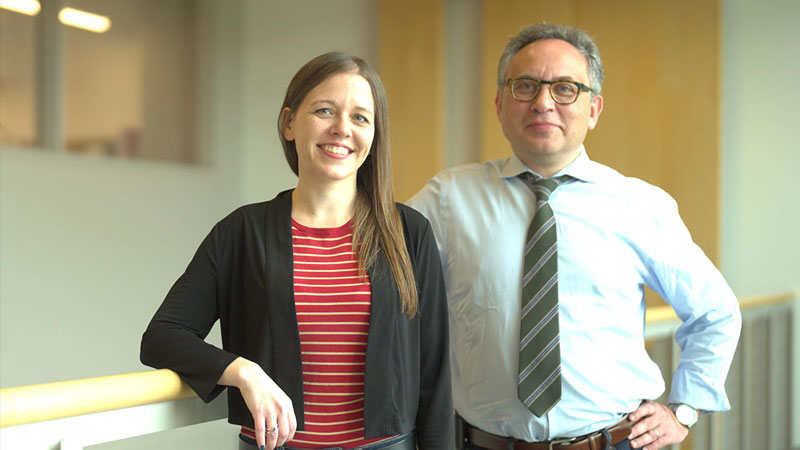
Caring for Amanda: Changing the lives of people with C.difficile with microbiota therapy
Amanda Kabage finally had an accurate diagnosis after months and months of debilitating diarrhea.
The University of Minnesota researcher suffered from Clostridium difficile infection (C. diff).
Amanda, 32 at the time, did what any scientist would do: Investigate the disease that had sidelined
this avid runner and world traveler.
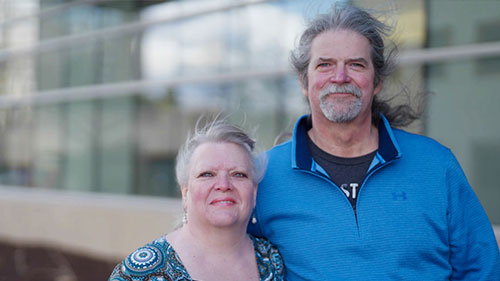
Caring for Allan: Helping people get better sleep
Allan Moon has no recollection of his involuntary movement while sleeping that ended up hitting his
wife’s jaw.
Same with the dream and the threat that he was up against. But his wife, Barbara, is still shaken by
what happened that night.
She wasn’t badly hurt, but Allan was completely unaware of what had happened and horrified when he
found out.
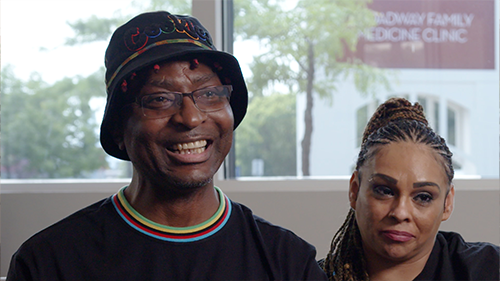
Caring for Harold: Building a primary care relationship for better health
There are two Harold Palms: One before
his lung transplant. One after.
Harold before was a tough-minded
welder who told it like it is and didn’t
need anybody.
Harold after still speaks the truth, but
does it with a smile and a joke or two.
And he’s learned that he needs people,
especially the young doctor who was
with him every step of his ordeal.

Caring for Maleah and Lauren: Using TPIAT to treat chronic pancreatitis
Alex and Erin Schubert take nothing for granted when it comes to their two girls.
Not even something as simple as their passion for building snow forts in the yard.
Not even something as simple as their passion for building snow forts in the yard.
First Maleah, their oldest, was diagnosed with hereditary chronic pancreatitis, a genetic disease
that sidelined and, all too often, hospitalized her with bouts of knife-like abdominal pain.
Then, tests confirmed that her little sister Lauren, struggling with the same symptoms, had the
devastating disorder, too.
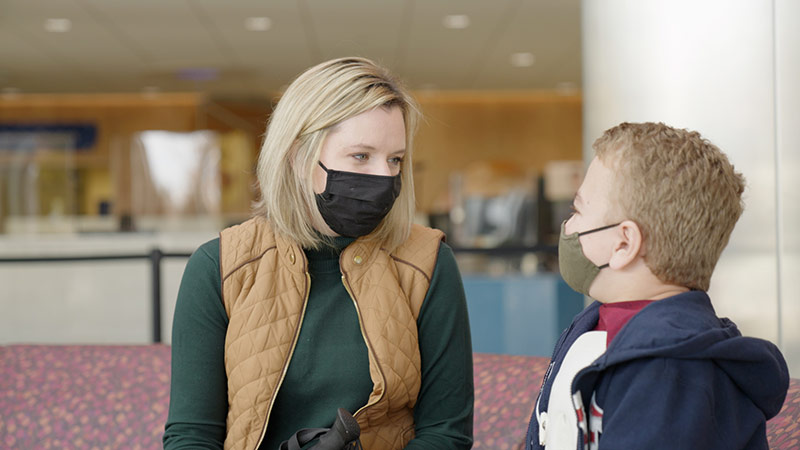
Caring for Zach: Seeing rare diseases every day
Having one child with a rare disease is challenging enough. Brooke and Mich Thomas have three.
But, then, they might have something even rarer: People who can’t help but rally around such an
upbeat family.
Include Dr. Paul Orchard, a pediatrician and professor at the University of Minnesota Medical
School, as a fan.
He did the critical bone marrow transplants on Zach, 12, Amelia, 10, and Luke, 5, and continues to
coordinate the team of U of M specialists who provide ongoing care for them.
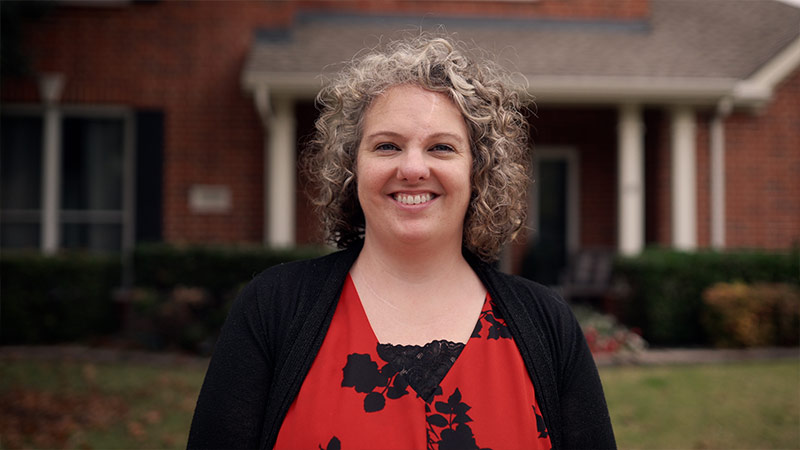
Caring for Karen: Reconstructing a face through plastic surgery
What happened was nothing short of tragic.
When Karen Douglas reached down to pet a dog at a dog park—in her words—”it nipped” her.
Unfortunately, it was more serious than that. She wound up losing a large part of her nose.
What happened next was nothing short of miraculous. Karen’s emergency room doctor, in an
understatement, said he had just the guy to reconstruct her nose.
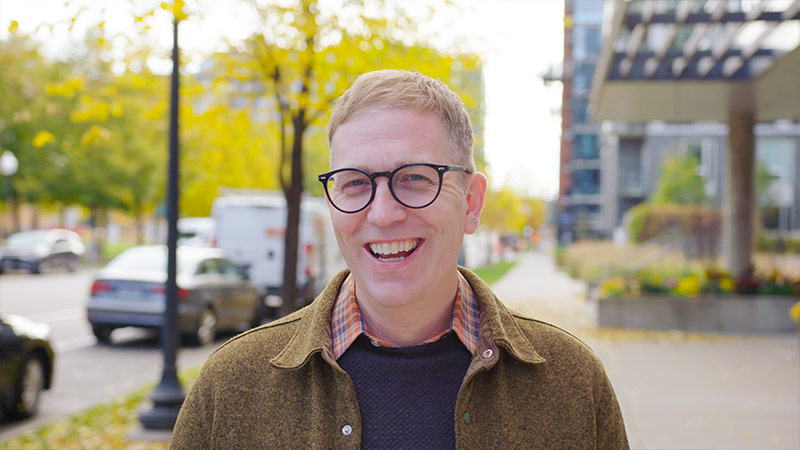
Caring for Christopher: Navigating Specialty Care through Primary Care
Christopher Houltberg didn’t just need a doctor. He needed, well, an artist like himself. Somebody
with the creativity to navigate a complicated healthcare system.
Somebody with the tenacity to get to the bottom of why he’d lost 35 pounds and was in such
excruciating pain. Somebody with the heart to let this loving husband, this young father of two know
whether he should “prepare for death or fight like hell.”
Somebody… like Dr. Janine Pingel, an internal medicine and pediatric physician at University of
Minnesota Physicians Mill City Clinic in downtown Minneapolis.
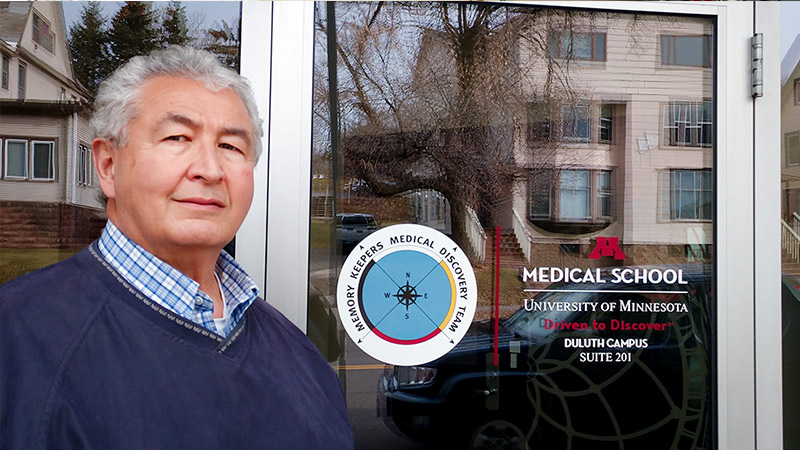
Memory Keepers Medical Discovery Team: Learning to care for the elders of northern Minnesota
In Duluth, at the University of Minnesota, the Memory Keepers Medical Discovery Team is focused on
our rural and tribal communities where, for unknown reasons, memory loss is growing at higher rates
than in our urban areas.
They’re working to tackle dementia, which slowly dims the light of too many of our loved ones. To do
this, they engage communities in participatory research where “…the University researchers, the
academics, don’t drive the research agenda, it’s driven by the communities themselves….”
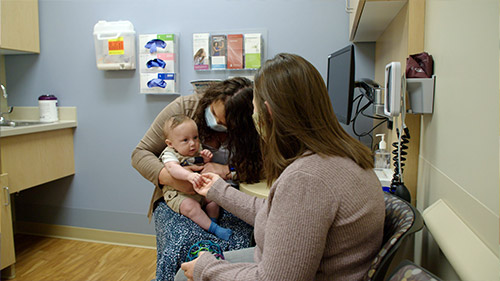
Cassidy's Story: Finding her calling as a doctor in Greater Minnesota
Cassidy Peterson just raised the bar when it comes to hands-on learning experiences.
The University of Minnesota medical student, who spent her first two years at the Medical School’s
Duluth Campus, was in on the delivery of 77, count ‘em, 77 babies.
And the Velva, ND, native did it in just nine months shadowing two family medicine physicians at
Lakewood Health System in the small town of Staples.
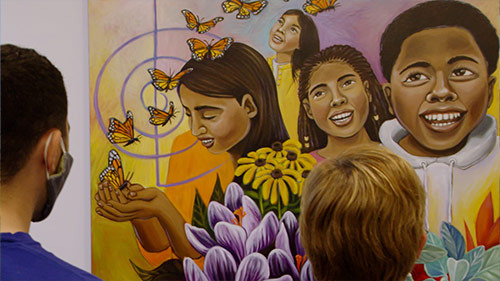
Aisha's Story: Becoming a doctor
Aisha Mohamed dreamed of a career in medicine as far back as she can remember.
But there wasn’t a doctor in her family to show her the way. Nor was there one in her tight-knit,
North Minneapolis Somali community.
Then, at 17, she joined The Ladder, a mentorship program offered by University of Minnesota
Physicians Broadway Family Medicine Clinic.
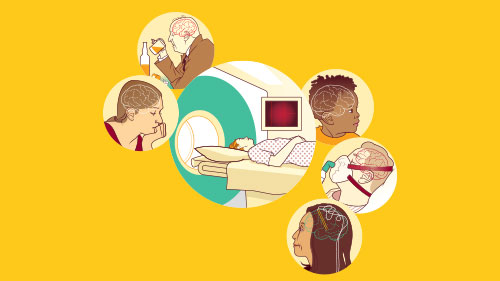
Medical Discovery Team on Optical Imaging and Brain Science: Shining a light on how the brain works
This is the story of the Medical Discovery Team on Optical Imaging and Brain Science. It’s about the
people and culture driven to not just unlock the secrets of our most complicated organ, but, more
importantly, discover what we can do when things go wrong.
Says Dr. Jakub Tolar, dean of the University of Minnesota Medical School: “The true innovators think
of patients. They don’t come here to fill beakers. They come to help somebody with disease.”
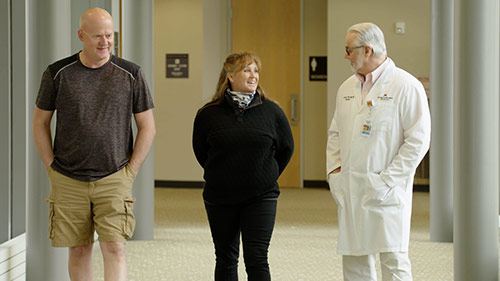
Caring for Chuck: Quieting the tremors of Parkinson's disease with deep brain stimulation
Moments before brain surgery, Chuck Holt whispered to his wife: “There’s still time to make a break
for it.”
More than a year later, the debilitating weakness in his right arm and leg from Parkinson’s Disease
is, for the most part, held at bay.
And Chuck is an unabashed cheerleader for Deep Brain Stimulation (DBS).
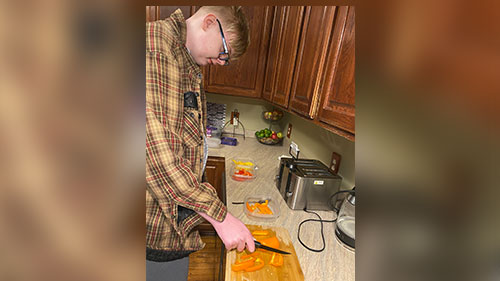
Caring for Jack: Getting to the real causes of childhood obesity
Losing 50 pounds made a world of difference for an engaging teenager named Jack. He can bike. He can
swim. He can even leave his wheelchair in the dust.
Best of all, Jack’s fingers are nimble enough to play with his beloved Legos.
A simple, but powerful new approach guides the University of Minnesota’s Center for Pediatric
Obesity Medicine: What Jack and patients like him battle isn’t a character flaw, as conventional
wisdom would have us believe. It’s a disease.
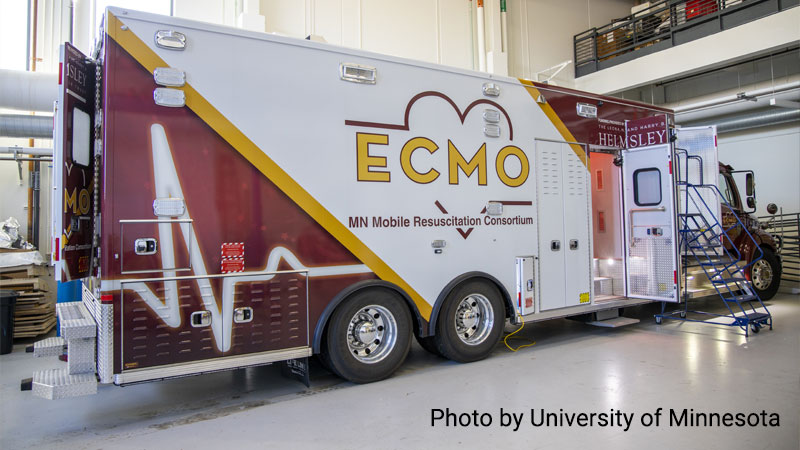
Caring for Andrew: Extending cardiac arrest care with the ECMObile
Our homegrown Super Heroes now have a Super Truck. And that brings hope to every Minnesotan who may
be faced with a real-life killer – sudden cardiac arrest.
Says Dr. Jason Bartos, who, along with Dr. Demetri Yannopoulos, leads this Herculean effort from the
University of Minnesota Medical School:
“There’s very few things in the world of medicine that compare to knowing that you potentially just
saved a life.”
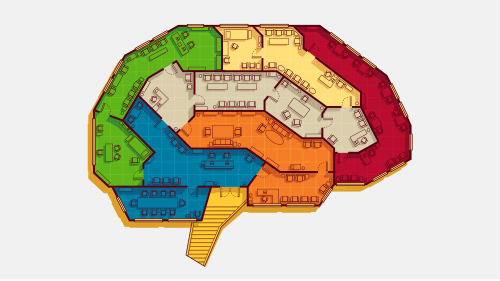
Masonic Institute for the Developing Brain: Giving children a brighter start to life
There’s a promising new weapon in the fight against Minnesota’s stubborn and, in these pandemic
days, widening opportunity gap. In fact, this novel approach has the potential to go even further,
helping us with diseases rooted in our very early years.
Introducing an ambitious new effort: The University of Minnesota Masonic Institute for the
Developing Brain. It’s a team that not only includes experts
from different—and all too often siloed—disciplines, but just as importantly, community leaders who
will help direct and deliver the work to where it’s needed most.
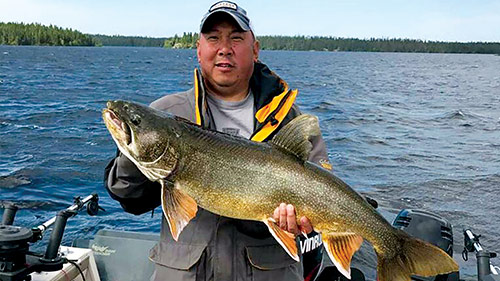
Caring for Chad: Supporting patients with long COVID-19
Chad Glirbas most likely contracted COVID-19 doing the job that he’s dreamed of since childhood:
Police work.
The 26-year veteran of the Brooklyn Park force administered lifesaving CPR to someone who later
tested positive.
Seven months later, Chad is one of an alarming number of patients who, no
matter how hard they work at it, can’t seem to get back to full strength.
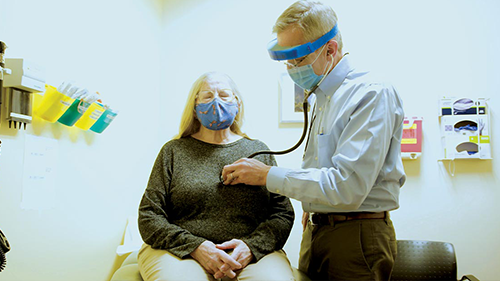
Medical Discovery Team on the Biology of Aging: Helping us live healthier
longer
It’s called the Silver Tsunami, an aging
and often fragile population that
threatens to swamp our health care
system. By 2030, 1 in 5 Minnesotans
will be 65 years or older.
Two researchers from the University of
Minnesota Medical School rise to meet
this daunting challenge.
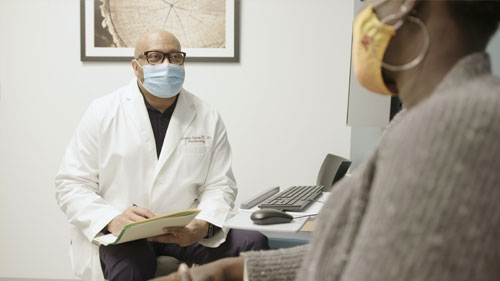
Caring for Patients: Approaching pain with compassion
During high school in Chicago, Dr. Clarence Shannon had a life changing opportunity - the invitation
to attend a math and science summer program for minority students on the East Coast. This experience
expanded his horizons on what his own potential was.
Today he is making a difference, not just for patients, but as the medical director of M Health
Fairview Clinic for Comprehensive Pain Management, and by training the next generation of students
and residents.
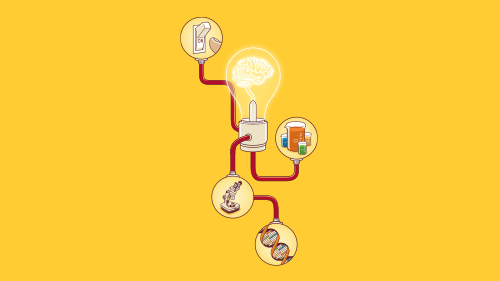
Medical Discovery Team on Addiction: Responding to one of Minnesota's
difficult problems
Addiction needs no introduction. We all know somebody who struggles with a beguiling lifelong
attraction to the very substance that is their undoing.
Introducing, in a word, hope: The University of Minnesota’s Medical Discovery Team on Addiction.
It’s a passionate group of researchers from different disciplines armed with newfound knowledge
about the brain’s central role in addiction and the technology to push that understanding even
further.
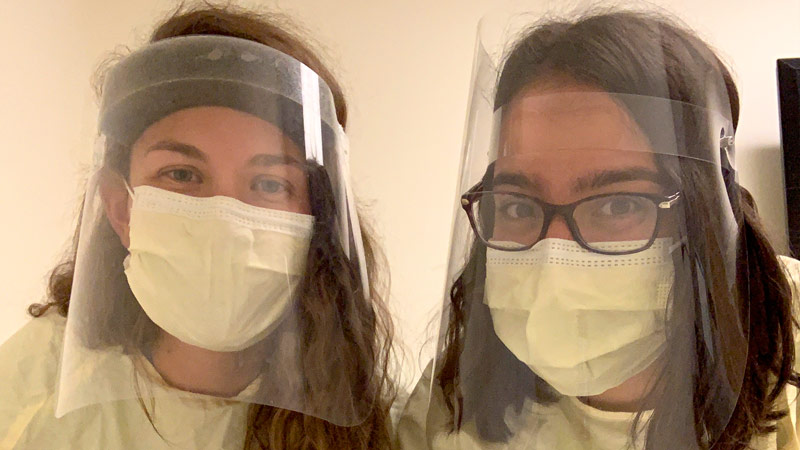
Caring for the Future: Training tomorrow's doctors
When Kriti Prasad was just six, she told the babysitter she wanted to be a “shot girl,” just like
her physician mom.
Now, after experiences like COVID-19 and the inequities it exposed, the second year University of
Minnesota Medical School student aims higher.
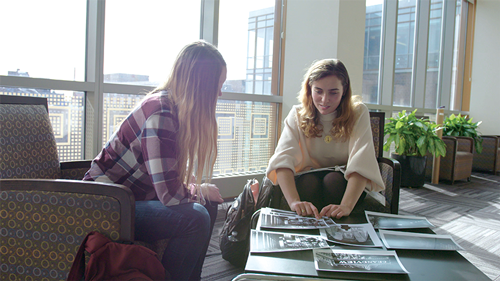
Caring for Natalie: Responding to mental health concerns in the pandemic
Natalie Narvaez simply wanted to help other people like her.
And so, the University of Minnesota sophomore opened up about her long struggle with depression and
her participation in Dr. Katie Cullen’s promising research using mindful breathing and
neurostimulation as alternatives to existing therapies
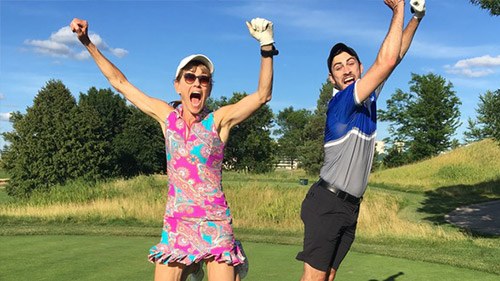
Caring for Sue: Customizing diabetes treatment for each patient
At just 12, Sue Rockers got “terrifying” news. She had Type 1 diabetes.
The little girl who dreamed of being a teacher raised her sights: Making sure this dangerous disease
would not stop her from running, skiing, swimming or anything else.
There was only one problem: This super active Minneapolis wife, mom and school nurse got so good at
managing her disease that it was hard to find a doctor who knew more.
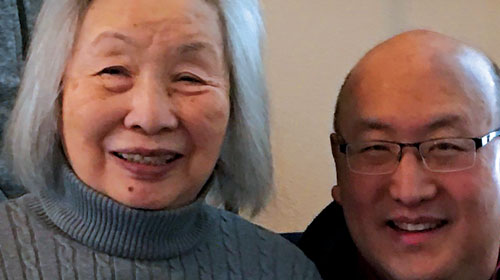
Caring for Bevan: Experiencing COVID-19 as both provider and patient
Dr. Bevan Yueh wants to make one thing clear: He’s no hero. Just a member of a team alarmed by an
approaching pandemic. Just a member of a team hustling to open Bethesda as an all COVID-19 hospital.
Just a member of a team who wound up being one of its first patients.
“I think part of it is a sense of guilt,” says Dr. Yueh. “Here I was, a physician, a healer who’s
supposed to be taking care of people.”
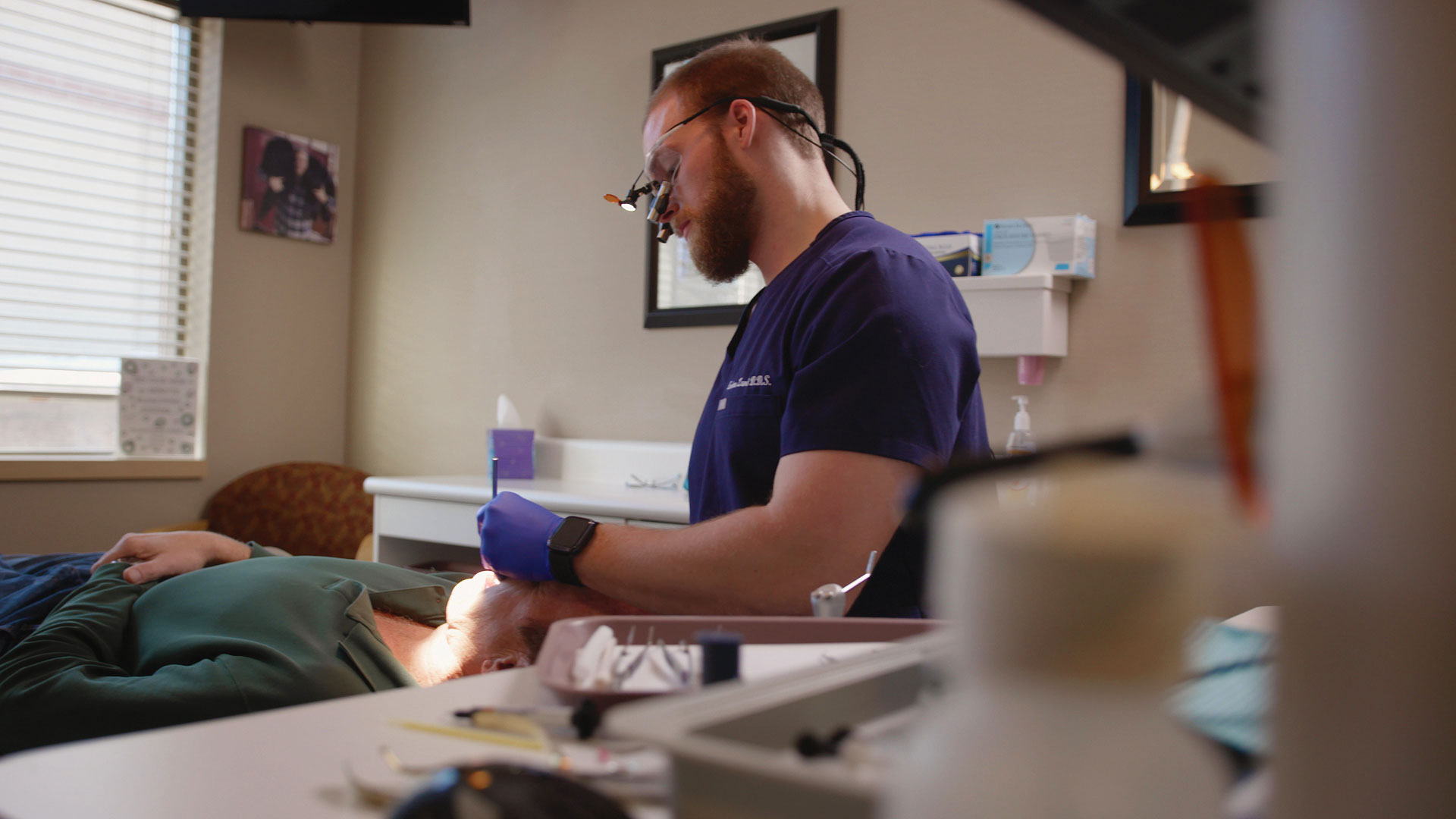
Caring for Andrew: Expanding access to ECMO for cardiac arrest
Andrew Lund was just 26 when his heart suddenly stopped beating at a family gathering. Paramedics,
taking over for a Good Samaritan on the scene, tried restarting it with electric shock
(defibrillation). Once, twice – seven times in all.
There was one last hope, a trip to M Health Fairview and a doctor with expertise in resuscitation
medicine and a technology that’s a real game-changer for cardiac arrest patients.

Caring for Natalie: Treating depression in young adults
Since middle school, Natalie Narvaez has struggled with depression, which she describes as a feeling
of “dread.” Over the years, she’s seen five therapists. She’s also tried medication, but it only
made her feel worse.
Understandably, the freshman was all in when researchers at the University of Minnesota Medical
School asked her to participate in a study exploring a possible new treatment: Brain stimulation
paired with mindful breathing.
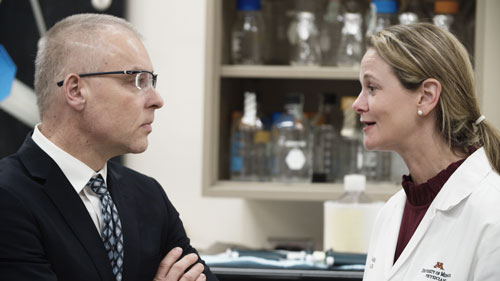
COVID-19: Responding to a pandemic
Minnesota is a state full of incredible resources: our rich farmland, beautiful lakes and forests,
sites sacred to our indigenous peoples, culture of biotechnical innovation, and people with a strong
work ethic and desire to help others. One of the state’s resources is the University of Minnesota.
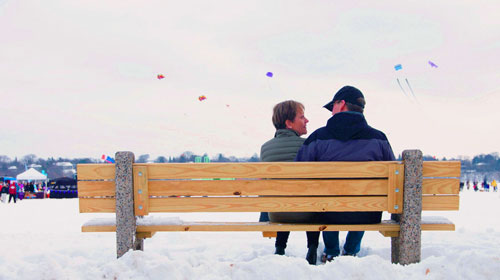
Caring for Tori: Developing new therapies for late-stage ovarian cancer
Tori Jaffray thought the thickening around her waist was simply the common but dreaded “menopause
midsection.” She upped her work-outs, but the problem only grew until one night at dinner there was
hardly room for food.
A trip to urgent care led to a diagnosis that, more than a year later, still brings tears to this
Orono woman’s eyes.
